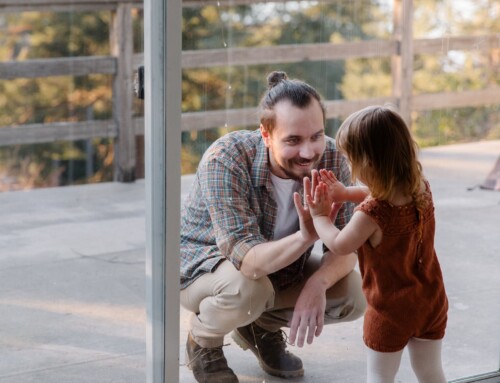“No” is Not Always a Bad Thing
Children grow up needing love and understanding as well as rules and boundaries. Being told ‘no’ at the right moments can be just as important to a child as being told “I love you” every day. Kids need to feel safe and secure in their environments which only happens when they genuinely recognize their parents as the true leaders of the family. Set boundaries and rules; set the structure and stability they need to grow up into a healthy, well-adjusted adult. A child who never hears the word ‘no’ and constantly gets away with whatever they want, can easily begin to feel insecure or unsettled at home. This instability often reveals itself through all sorts of problems, both emotional and physical.
Additionally, kids can often take advantage of parents and drain resources if rules are not enforced or they are not taught restraint. This is a habit that can develop into adulthood, leading to poor financial and life decisions that could have been avoided, had the child been told “no” earlier on.
Fox 35 Interviews Family Expert Jada Collins, MA, MS on Boundaries with Children
3 Tips for Drawing the Line
Sometimes drawing the line can be difficult, despite knowing how important it is. Here are a few tips to make saying “no” a little easier:
- Give the child a better option: instead of just leaving it at “I said no, and that’s it.” Or “You can’t do that.” Try offering an alternative option or behavior that is more acceptable to you. Swap candy, for an apple. No more TV, but instead you can read a favorite book or color in a coloring book. This also works for negative behaviors may be trying to extinguish. “You can’t bite your sister when you get mad, but you can grab your favorite toy and tell it how frustrated you are or draw a picture that shows how you feel.”
- Listen for the reasoning behind the question: sometimes he’s asking to watch TV because he’s bored, you might be able to satisfy the main problem without giving in to the request itself. Compromising, whenever possible, is not a bad thing and very easily accomplished when you listen to the child rather than shooting down the request immediately. “No, you can’t have candy now, but if you eat all of your dinner quickly, I’ll let you have some afterwards.”
- When possible, explain: Sometimes no simply means no, but it can help if the child understands the reasoning behind the response. This is especially true when the decision involves protecting the child’s safety or health. You don’t have to explain yourself every time, and sometimes it’s not wise to do so, but if it is at all possible, share your reasons behind saying no. It could lead to wiser choices on their part in the future and a new found respect for your decision.
If you or someone you know are struggling with boundaries or saying “No” to their children, please contact a family coach, counselor or therapist that may assist you during this complicated time.
NOTE: Freely redistribute this resource, electronically or in print, provided you leave the authors, name, credentials, and contact information below intact and include a link to this article.
AUTHOR: Jada Jackson, MS, LMHC – Communicator, Coach & Licensed Mental Health Counselor working with couples, teens, young adults and women empowerment issues in Orlando and East Orlando Florida! Jada Jackson can be reached at (407) 248-0030.






Leave A Comment